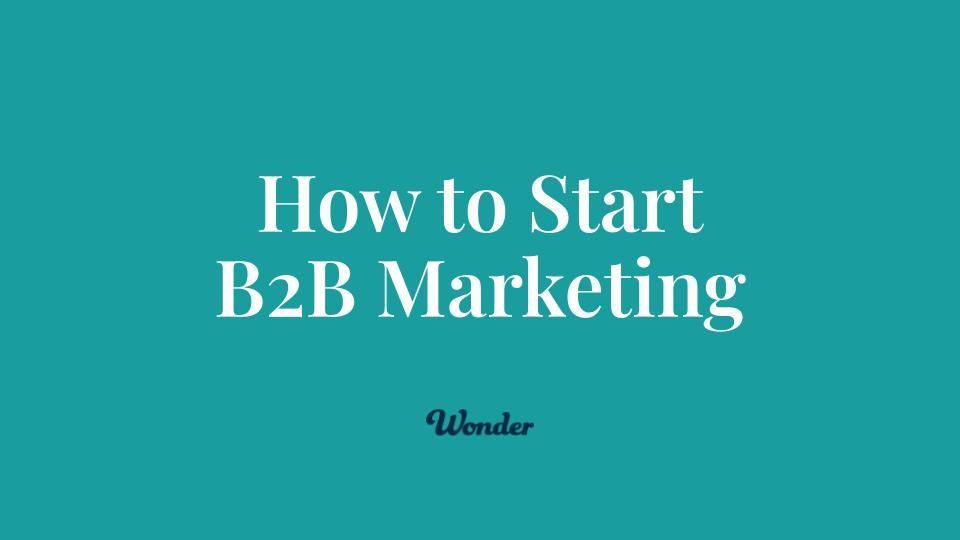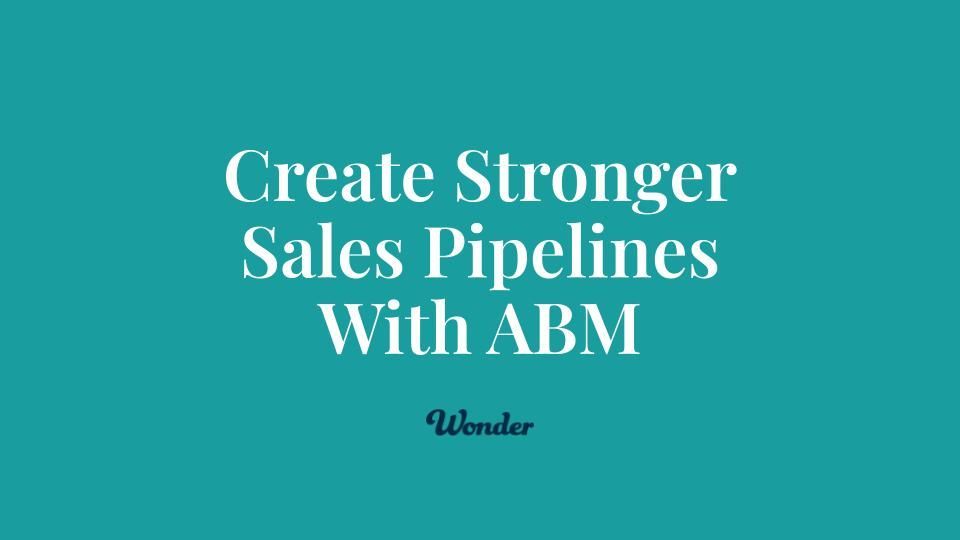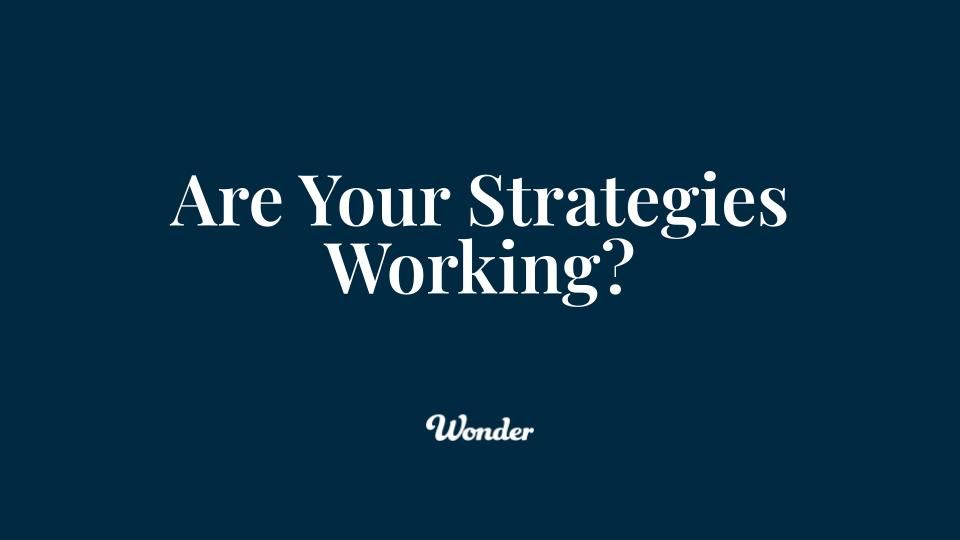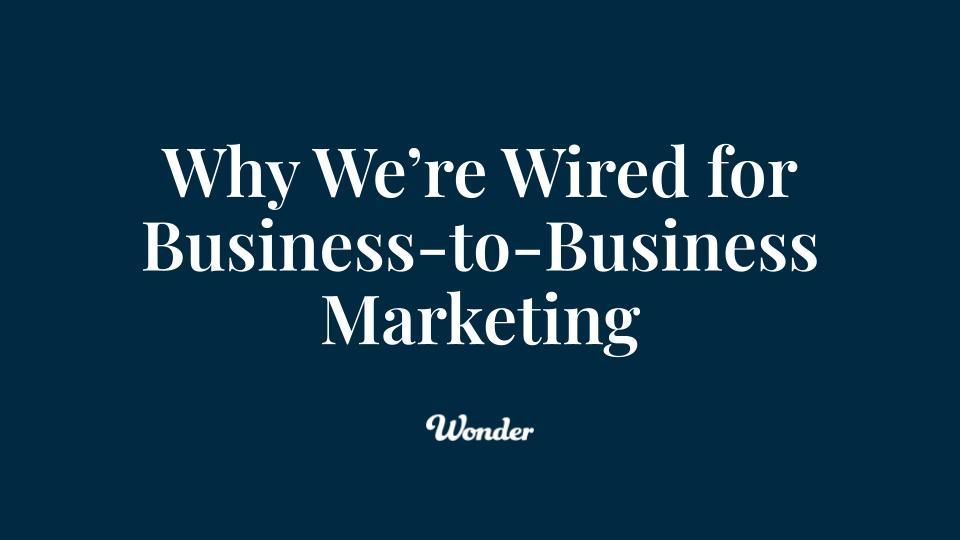Paid Search vs SEO – Apples Today or an Orchard Tomorrow?
Jami Mullikin • August 12, 2024

Sometimes qualifying your prospects who are interested in paid search or SEO services can be heard. To make it more relatable, let's use an analogy: think of paid search as buying apples and organic search, or SEO, as planting an apple orchard.
If a clients need results today, they may be best served with paid search - or buying apples today at retail prices. If they're looking further out, and desire a longer-term competitive advantage and can postpone the immediate ROI, then organic search, or search engine optimization, may be a better bet - it's more like growing apples.
Should we recommend Paid Search or SEO?
Buying Apples Today: Paid Search
When a prospect or client expresses interest in paid search, it's like they need apples today. They want immediate results, and they're willing to pay for it. Here are the key reasons why this might be the best option for them:
- Instant Visibility: Just like finding apples in the store, paid search gives businesses immediate visibility on search engine result pages.
Targeted Traffic: With paid search, businesses can target their ads towards a specific audience based on factors like location, demographics, and even the time of day.
Control Over Budget and Bidding: Paid search allows businesses to control how much they spend. They can set a budget cap to ensure they don't overspend and can adjust their bidding strategy based on the performance of their ads.
Tracking and Measurability: Paid search campaigns are highly measurable. Businesses can track the number of clicks, conversions, and the return on investment (ROI) with precision.
Boost Short-Term Sales: If a business has a seasonal product or a time-sensitive offer, paid search is an excellent way to drive short-term sales.
Increased Brand Awareness: Although the short-term ROI can measured quickly, paid search also provide potentially millions of brand impressions that in essence has no cost at all.
Planting an Apple Tree for Tomorrow: Search Engine Optimization
On the other hand, when a prospect is interested in their Google rankings, they're thinking long-term. They want to plant an apple tree today, knowing it will yield a steady supply of apples in the future. Here are some reasons why SEO could be their best bet:
- Sustainable Visibility: Once a website ranks high in organic search results, it tends to stay there for a while. This leads to sustained visibility without the ongoing cost of paid media or paid search campaigns.
Builds Trust and Credibility: Users tend to trust organic search results more than paid ads. Ranking high in organic search signals to users that your site is a credible source of information.
Cost-Effective in the Long Run: While SEO requires an upfront investment, it’s often more cost-effective over the long haul. Unlike paid search, organic traffic from search rankings are free, so your cost per acquisition decreases over time.
Improved User Experience: A well-optimized website is not just search-engine friendly but user-friendly too. Good SEO practices improve site speed, usability, and mobile-friendliness.
Long-Term Growth: SEO, like planting an orchard full of trees, is a long-term investment. It might take some time to see results, but once it starts bearing fruit, it provides a steady flow of organic traffic and leads.
Buying Apples Today and Planting an Orchard for Tomorrow: A Combined Approach
In some cases, your clients might benefit most from a combined approach — buying apples today (paid search) while planting an apple orchard for tomorrow (SEO). This strategy provides the instant results of paid search with the sustainable, long-term benefits of SEO. Here are some reasons why this approach could be their best bet:
- Balancing Short and Long-Term Goals: By using both strategies, businesses can meet their immediate sales targets while also laying the groundwork for future, organic growth.
- Insights and Data: Running paid campaigns can provide valuable data and insights that can be used to inform and optimize the SEO strategy. You get to know which keywords are performing well, what language resonates with your audience, and which demographics are more likely to convert.
- Visibility Boost: Combining SEO with paid search can enhance a brand's visibility on the search engine results page, increasing the likelihood of click-throughs. Your brand appears both in the paid ad section and in the organic results, which can boost your credibility and reach.
- Mitigate SEO Volatility: Search engine algorithms change frequently, which can impact your organic rankings. Paid search ads can help to maintain your visibility and traffic during these periods of SEO volatility.
- Holistic Strategy: A combined approach ensures you have a more holistic digital marketing strategy. You’re not putting all your eggs in one basket, but leveraging the strengths of both paid search and SEO.
So, How About Those Apples?
In the world of digital marketing, understanding whether your prospects are looking to 'buy apples today' or 'plant an orchard for tomorrow' is crucial to guiding them to the right solution. Both paid search and SEO have their strengths and are suitable for different situations. It's all about identifying the needs of your prospects and aligning them with the right approach to meet their objectives. As an agency partner, your job is to help them understand which option is best for their unique situation and make sound recommendations to help them reach their goals.

Starting a B2B marketing program can feel overwhelming. With so many tactics and platforms to choose from, knowing where to begin is often the hardest part. From selecting the right channels to aligning with sales, the early stages can make or break your campaign. That's where Wonder comes in. We help businesses get up and running in market quickly and effectively, often within the first 30 days.

Let’s just call it like it is. We live in the Age of Distraction. Slack messages. Email threads. Meetings about meetings. Threads to read to know if you were supposed to read them. It’s easy to mistake movement for progress. But the real breakthroughs? The real clarity, traction, and transformation? They come when you carve out time for deep, uninterrupted work. That’s where the magic of a clarity comes in. That’s the power of a Clarity Break. What Is a Clarity Break? In the language of EOS (Entrepreneurial Operating System), a Clarity Break is time you intentionally schedule to step away from the day-to-day and think. Not react. Not multitask. Just think. No meetings. No inbox. No distractions. You block the time. You find a quiet space. You bring a notebook. And you give yourself permission to wrestle with the real questions: What’s working? What’s not? Where are we stuck? What needs to change? You don't need to have an agenda. You just need space. Why It Works Clarity Breaks work because they shift your mind from urgent to important. You’re not trying to check something off a list. You’re trying to understand what belongs on the list in the first place. It’s like cleaning your windshield after driving through a rainstorm. Same road. Different view. In the past few years, I’ve built the discipline of taking regular Clarity Breaks. Some short. Some long. And every time I do, I walk away with more clarity, stronger decisions, and renewed energy to lead. Problems I’ve Solved in Clarity Breaks This isn’t theory for me. These are just a few of the things I’ve worked through. Sometimes in a coffee shop, sometimes in my home office, sometimes in a cabin on a mountain where I can see for miles. Personally, the mountains are simply good for my soul. Proven Processes EOS teaches us to document the way we work. But that doesn’t happen in the chaos of back-to-back meetings. In a Clarity Break, I’ve outlined and refined the processes that drive consistency in our delivery at Wonder. Core Processes Big decisions about how we operate need space. And space is what Clarity Breaks create. I’ve mapped the foundational ways we serve clients with my notecards and flow spread across the floor. Value Propositions The best messaging doesn’t come from brainstorming with 10 people in a room. It comes from thinking deeply about what your ideal client actually values. That happens in quiet. In stillness. In reflecting on the true needs of others. Offers Too Good to Refuse The best offers come from clarity, not complexity. When I stop trying to be clever and get laser-focused on solving a real problem in a simple way, that's when irresistible offers show up. Sales Commission Structure Even tactical, structural issues, like how to design a comp plan that drives the right behavior, have found their way to clarity in the space of my Clarity Break. Get clear. Clear the calendar, that is. The Clarity Break is one of the simplest, most overlooked tools in EOS — and one of the most powerful. It’s also deeply personal. No one schedules it for you. No one demands it. But if you make the time, protect the space, and show up ready to think, you will find what’s next. If you're running a business and haven't created a rhythm with Clarity Breaks, this is your nudge. Start small. Block an hour. Bring a notebook. Leave the laptop. If you're not running on EOS, but the idea of creating intentional space to think resonates, give it a try. The best leaders think. And the best thinking happens when you finally stop doing everything else for everyone else.

In B2B sales, the traditional approach has been clear-cut: marketing drives awareness and generates leads, while sales takes those leads and closes deals. But the reality is more complex. Buyers don’t move through a predictable funnel, and purchase decisions aren’t made in isolation. This is where Account-Based Marketing (ABM) changes the game. Rather than focusing on individual leads, ABM aligns sales and marketing around target accounts—companies that fit the ideal customer profile (ICP). It’s a dynamic, data-driven approach that helps teams work together to engage prospects throughout their entire buying journey. Account-Based Marketing (AB M): Not a New Idea, But a Better Execution The concept of ABM has been around for years—previously known as “Key Account Marketing.” What’s different today is the power of digital data and technology. With a combination of first-party and third-party data, advanced targeting, and personalized messaging, ABM enables teams to: Identify the right accounts with precision Engage the full buying team within each organization Deliver the right message at the right time based on where each prospect is in their decision-making process By focusing marketing efforts on accounts that sales has already prioritized, ABM ensures that resources are spent on the highest-value opportunities. Why ABM Works Better for B2B Sales 1. B2B Buying Decisions Are Made by Committees Very few B2B deals are decided by a single person. Instead, purchase decisions often involve 8 to 13 stakeholders across different roles: Initiators - those who start the buying process Researchers - team members gathering vendor options Influencers - stakeholders pushing for features they favor Decision-makers - leaders signing off on the purchase Traditional marketing often targets just one individual, but ABM engages the full buying committee, ensuring the right people receive relevant content and messaging throughout their journey. 2. ABM Uses Data and Technology to Deliver Meaningful Engagement One of ABM’s biggest advantages is its ability to meet buyers where they are—not just with broad awareness campaigns, but with targeted content tailored to their stage in the buying process. Using marketing automation, CRM data, and intent-based signals, ABM delivers messaging that speaks to the unique priorities of each stakeholder—whether they’re just starting research or narrowing down vendors. The result? Higher engagement, shorter sales cycles, and stronger conversion rates. Account-Based Marketing: A Smarter Way to Drive B2B Growth ABM isn’t about generating more leads—it’s about generating the right opportunities. By aligning sales and marketing around a focused list of high-value accounts, engaging full buying teams, and leveraging data-driven insights, ABM helps B2B companies win more deals with the right customers. If you’re ready to refine your sales and marketing strategy with ABM, let’s start the conversation. Let’s talk.



